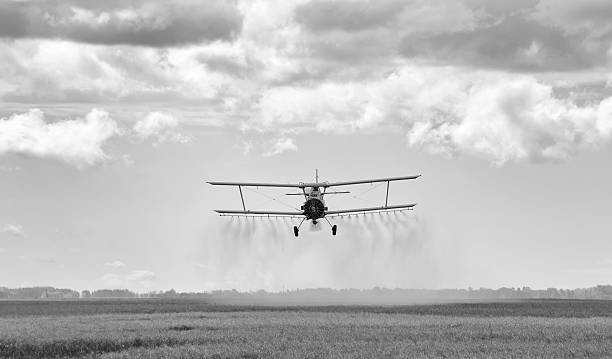Flight Training

Become an Pilot
Does taking fun weekend adventures, entertaining friends and family with airplane rides, or achieving a skill few others ever will, sound exciting? Our learn to fly page will help you get some answers to the questions you may have concerning flight training.
Save Money, Affordable Fast Track Financing
Don't let financing slow you down in your progress to achieve your goals. AOPA Finance offers financing options that can have a positive effect on how quick you earn your pilot's license. 
For as little as $100-200 a month, you can gain financing for your flight training.
Dakota Wings proudly operates out of KGWR - Roger Melroe Field, which is located in Gwinner North Dakota. The Gwinner Airport provides an ideal training environment for your flight training and aerial needs.
Aerial Application
Contact Dakota Wings to see how we can help you in your spray needs. We can work out a plan to get you the service you need in your farming operation. Take advantage of the Ag-Cat's ability to cover your field quickly and accurately. Aerial application is often one of the safest, fastest and most efficient, and most economical way to get the job done. Contact us today to see how we can help.

